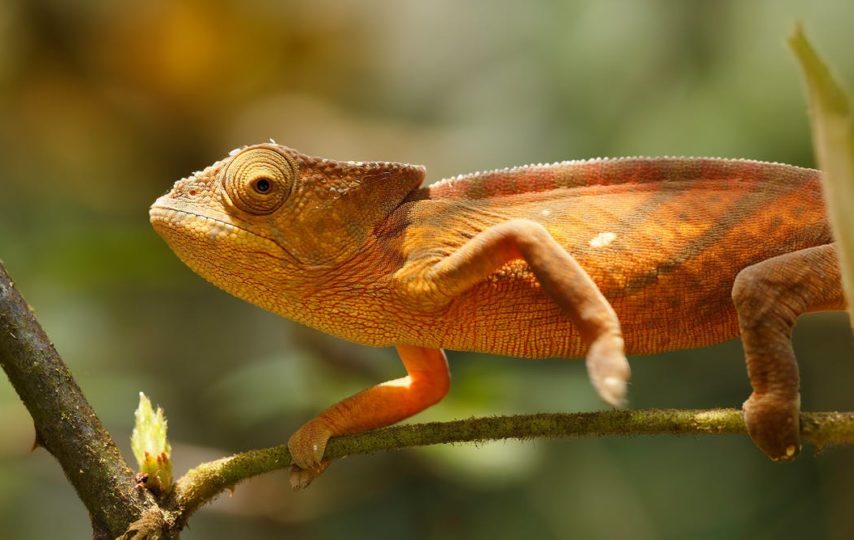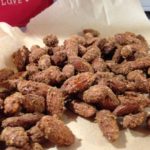With their unique colors and features, chameleons make for a great pet that you can nurture at your home. To keep your pet chameleons healthy, you need to feed them a healthy diet. So, what do chameleons eat? Since chameleons are primarily insectivores, their favorites are insects like Dubia Roaches, Worms, Crickets, etc. Additionally, they also need to be fed healthy greens and fruits.
Here’s all you need to know about healthy food for chameleons and how to feed them:
The Best Chameleon Diet and How to Feed them
Chameleons prefer roaches, live crickets, mealworms, and other insects. Silkworms and waxworms are fatty and do not comprise most of the chameleon’s diet. Some also eat baby mice.
A baby chameleon will need smaller portions than an adult. So ensure that you pick the insects accordingly. For instance, smaller roaches, pinhead crickets, fruit flies are best until they can eat adult portions. You can also dust the insects with calcium, vitamins, and minerals supplements to ensure that you supply proper nutrition for growing chameleons.
A younger chameleon should be fed twice a day, and you can gradually reduce it to once a day, and eventually every other day as they grow into adulthood. Apart from insects, chameleons should also be fed healthy greens and slices of fruits. If you’re still wondering what do chameleons eat, here’s a diet for them:
- Insects – Dubia Roaches, Crickets, Locusts, Butterworms, Silkworms, Waxworms, grasshopper, Mealworms, Baby pink mice.
- Vegetables – Dark leafy greens, zucchini, squash, romaine lettuce, turnip greens, dandelion leaves, kale.
- Fruits – Apples, peeled oranges, melons, bananas, strawberries, kiwi.
- Water – Chameleons don’t drink water out of dishes like other pets. But, they need to stay hydrated, and the best way to give them water is to use a spray bottle. You can spray it on the leaves and other items where your chameleon can drink the droplets. A dripper is another alternative that works by slowly dripping water now and then onto the leaves.
Gut-load Feeder Insects
Another important thing you should not miss when feeding prey to chameleons is gut-loading the insects or feeding the insects a proper diet before serving them to the chameleon. What you feed your feeder insects directly impacts the nutrition of your chameleon. So, ensure feeding insects like roaches with fruits, greens, special food pellets, oatmeal, raw potato, etc.
Since chameleons majorly prefer insects and tend to shy away from vegetables or fruits, the best way to ensure that they get a fair share of vitamins and minerals is to gut-load the feeder insects.
What to Avoid?
Certain vegetables and fruits like avocados, iceberg lettuce, cauliflower, tomatoes, cabbage, and spinach are best avoided. While these are not outright harmful to your chameleon, they can be acidic, especially the nightshades family like tomatoes, too high in fat like avocado, or prohibiting calcium absorption.
Your chameleon needs to get a good variety of nutrients in their diet. Understand what chameleons eat and nourish them accordingly. To keep their morphing colors bright, chameleons need to eat a balanced diet primarily composed of insects like roaches and supplemented with select fruits and vegetables by directly feeding them or gut-loading the feeder insects with essential fruits and vegetables.













